
Cultivating Resilience: Navigating Cropping Seasons in India
Shahdol, a district in the Eastern part of Madhya Pradesh, is where I traveled more in time and less in kilometers. I got a chance to stay in the tribal village of Lamro during my Fellowship. A hill range surrounds it in the North, and forests, in the East and South. The beauty of this place is beyond its visual charm. It is beautiful from the inside too. The tribals deeply understand life, incorporating it into their lifestyle and culture.
They are open-hearted, and their conversations are filled with hope and gratitude. They rarely complained about their misfortunes. Firmly believing in hard work, they left the results to God’s will. They believe in several local deities and spirits and worship them with pure devotion.
Through my year-long journey, I experienced all seasons in the village, and each season gave me a lot to think about. The people of the Gond tribe are primarily farmers. As the seasons changed, so did the emotions and expressions of the people. Let me take you through each season as you witness the combination of bright and dark colors.
Winter: A Time of Tranquil Greenery
The vegetation is all green at this time. Despite the cold weather, people were warm and welcoming. The cold made everyone except the male farmers stay inside. The male farmers slept in the fields to protect their crops from wild animals. Wells had sufficient water, and people were happy and satisfied.
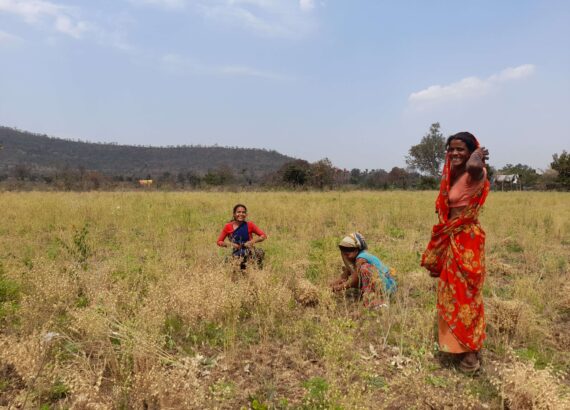
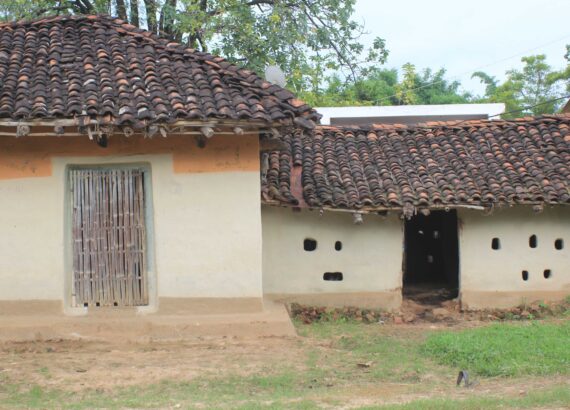
Harvest Season (April-May): Embracing the Golden Fields
This is when vegetation starts turning golden, it is time to protect and preserve that gold. People of all ages work in the fields during this season. Two main reasons made families hurry into harvesting; One was the threat from the dark-colored clouds that visited the village occasionally. Second was that the open grazing of cattle was about to begin. After a specific puja in the village during this time, open grazing was allowed, and the cattle owner could not be blamed for any damage to the unharvested crop.
People tend to go into collection mode, and theft increases during this time. There was a strong smell of accomplishment in the air once the entier filed has been harvested. The sacred Mahua flowers of Madhuca longifolia tree also start falling. This tree is very dear to the tribal community of central India. They collect fresh flowers from the Mahua tree, sun-dry them, store some, and sell the surplus to the market. The harvest season is all about the hustle.
Also read: Empowering Rural Women Entrepreneurs: Cultivating Change in Jawhar Farms
Summer: Navigating Darkness with Unyielding Optimism
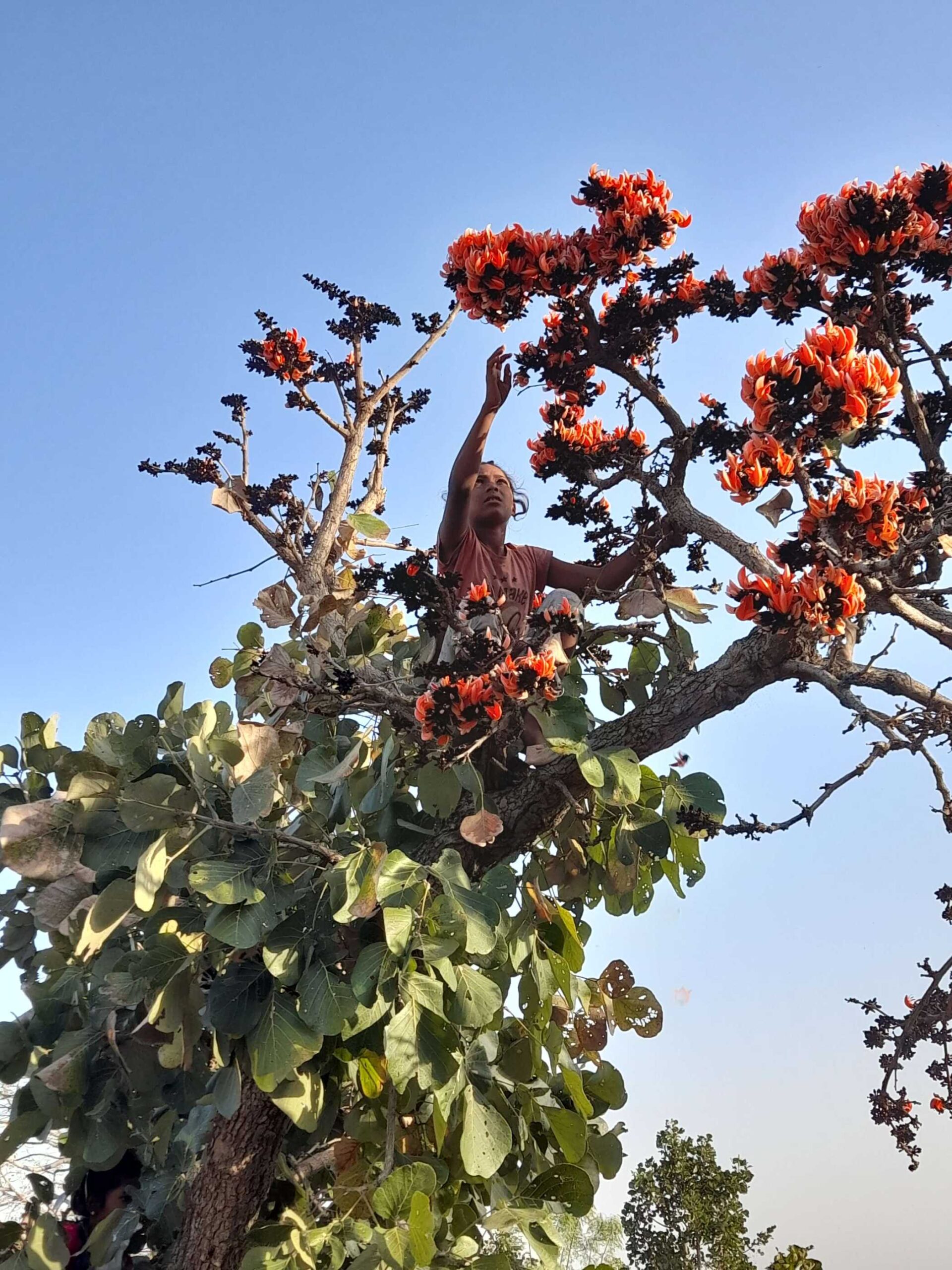
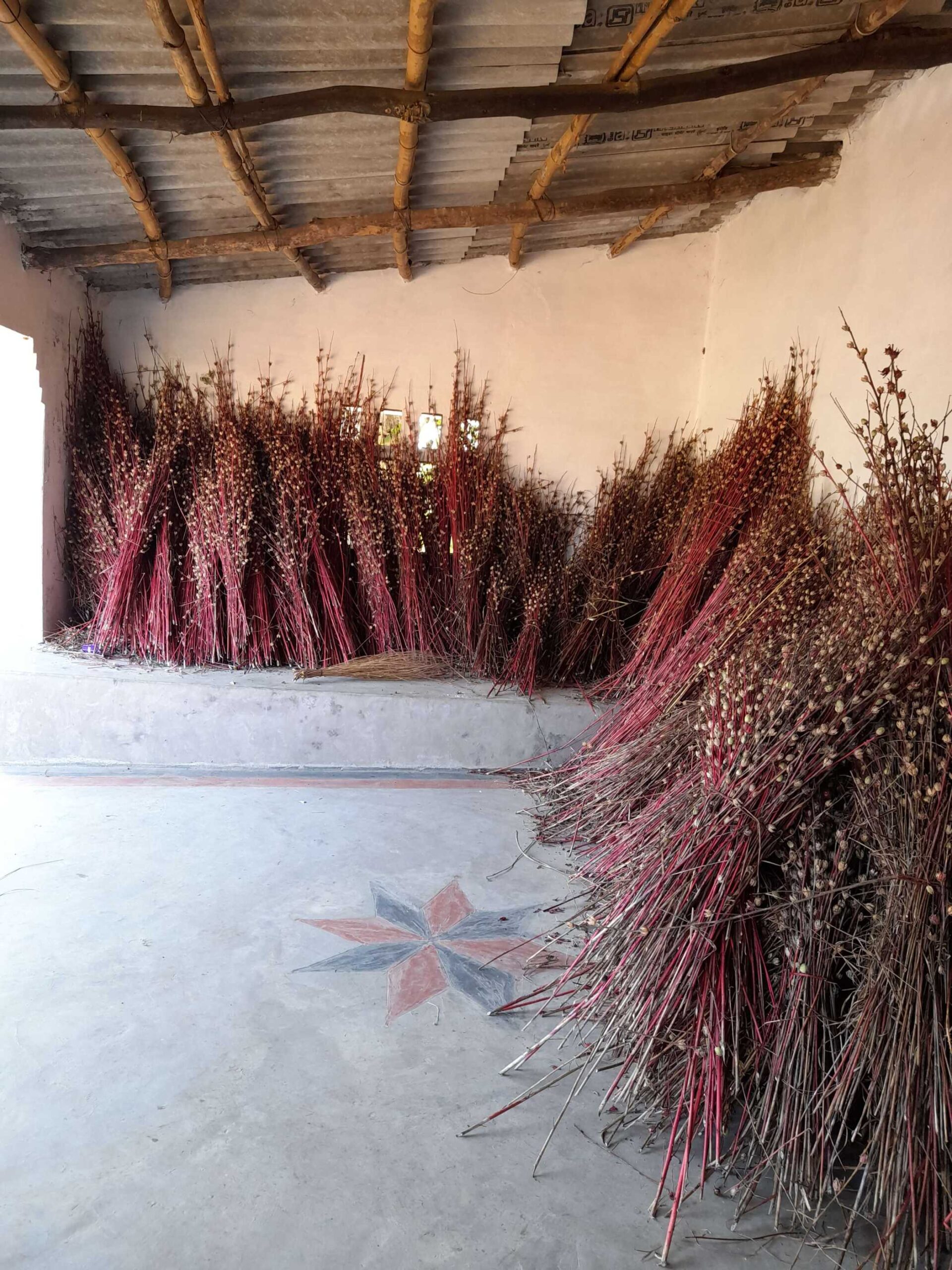
Even as the sun was at its brightest, it was probably the darkest time of the year for the farmers. With nothing favoring them, the people were still full of optimism. I witnessed the village experiencing a severe water shortage. Most wells were dried out. Around 50 families were taking water from a community hand pump for drinking and domestic use. I also stood in the long line holding my bucket, using the opportunity to meet and connect with people. To add to their woes, forest fires rapidly spread, and no vegetables survived because of the extreme weather. There were still no complaints from the villagers, only a wait for a better tomorrow. They focused on the present moment and lived each day as it came.
They managed their food and water requirements with whatever their land could offer them. Only a few families bought vegetables from the market. Being fully prepared for this time, they had grown vegetables in winter that could be dried and stored. Dried leafy vegetables, tomatoes, okra, peas, pickles, and millet formed their meals. They eat nutritionally rich seasonal food. The older adults of the village have good knowledge of their bodies, animals, nature’s cycles, soil, and medicinal plants. Most of our conversations revolved around soil, forests, and crops. This knowledge needs to be appreciated and documented, as the young generation is drifting away from it.
Also Read: The Inspiring Journey of a Brave Child in Pursuit of Education in India
Monsoon: Nature's Fairyland Unveiled
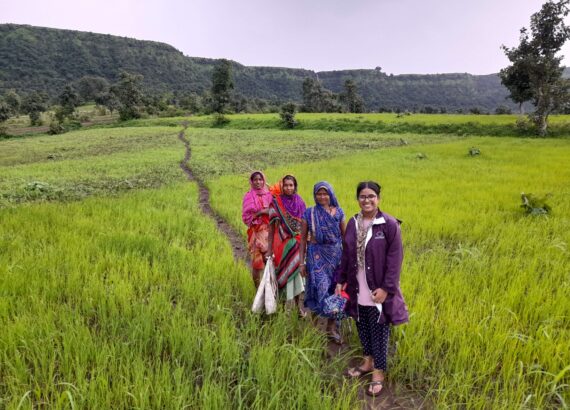
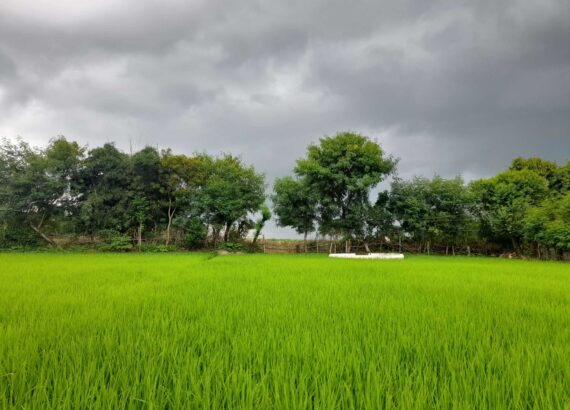
Monsoon is the season when the whole village looks like a fairyland. There is more than enough water as the seasonal waterfalls start flowing through the village. Farmers are busy sowing paddy and millets (Kodo and Kutki in their local language). Ox and farmers are plowing land everywhere. Everything is working like a well-oiled machine.
Like all seasons, a fair amount of challenges remained. For example, only a few farmers owned tractors as they could be used only on flat lands. The majority of the land was undulated. Cattle health is also a significant concern in this area. Milch cattle do not produce enough milk for farmers to earn from. But indigenous breeds are a necessity in such villages for plowing. Also due to scorching and dry summers, hybrid cows cannot survive in a small farmer’s house.
The seasons brought up different emotions, but one thing was unfaltering throughout—their fierce optimism.


